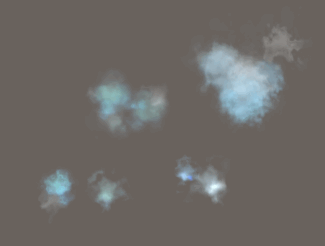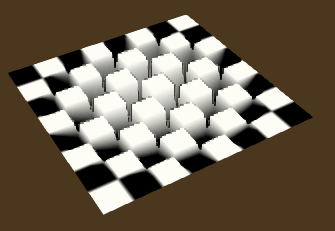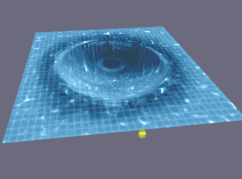yes - distortion is used on any texture and the texture can be painterly.
Don’t let the Scripting of a flow shader overwhelm you. the principal of pushing a texture is quite rudimentary and easy in terms of shader graph setup
it is ostensibly identical to a scrolling /panning texture parameter,
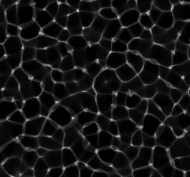
rather than unified value it is processed with grayscale range to pan at different values (it can be 2 channels Red to affect X and Green = Y independently). Here it’s been given noise
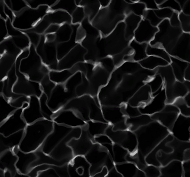
@simonschreibt just did a breakdown on a new effect that shows off some distortion : great detail
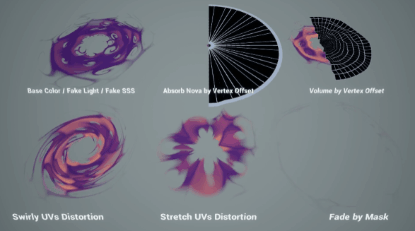
from his thread
I used it here for flowing clouds and to fake refraction on parallax mapping
